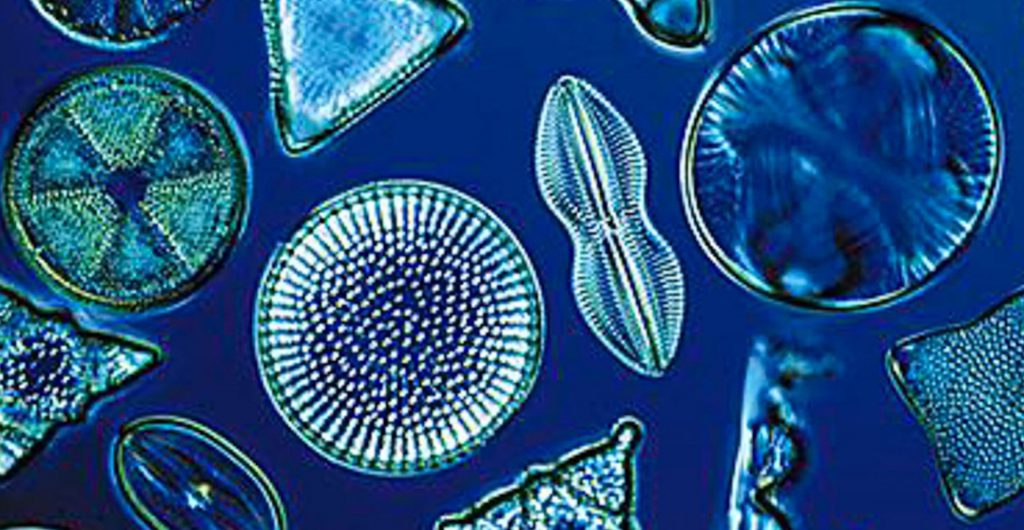Assessment of Plankton radioactivity level in the Pacific
A team of researchers from the Laboratory aerology (LA / OMP, CNRS / UPS) and the Institute of Radiation Protection and Nuclear Safety (IRSN) of La Seyne-sur-Mer has developed a model to estimate the level of radioactivity plankton Pacific Northwest, following the Fukushima accident.
When the accident at the Fukushima nuclear plant in March 2011, significant quantities of radionuclides were released into the Pacific Northwest. Among these releases, cesium-137 is especially monitored.
The researchers performed simulations on the period between the date of the accident and the end of 2012 using a radio-ecological model validated with observations of the cesium-137 concentration of phyto and zooplankton, which are the first levels of the marine food chain.
The highest concentrations as simulated using the model showing 2 to 4 times more radionuclides the observations before the accident.
At the time of maximum discharges, near the power plant, radioactivity levels remained below the official threshold of harm to marine organisms
The validated model, which appears pessimistic comprising a wide margin of safety, reveals that the calculated dose is infinitesimal.
According to the researchers, the remote contamination is unlikely or not measurable, while significant contamination, which remains to be proven, is close to the plant. A very important information that helps deploy appropriate means focusing only on contaminated places.
If this conclusion seems reassuring, it is only a first step before modeling the transfer of contamination in the food chain including planktivorous and fish-eating fish.



